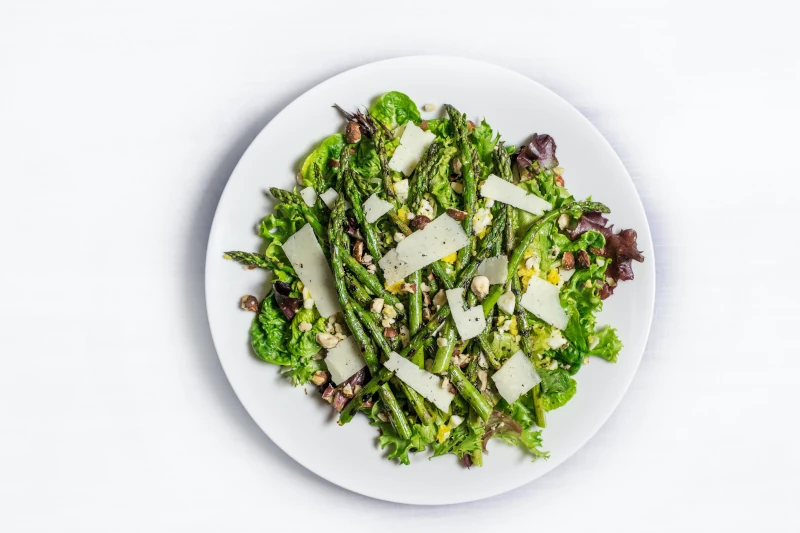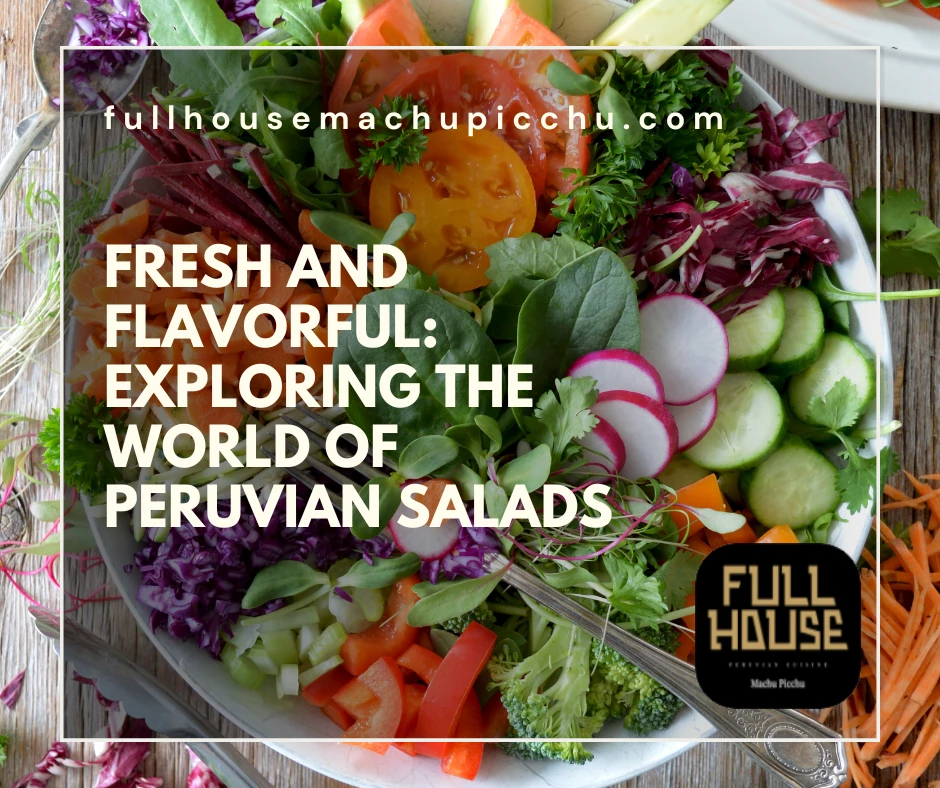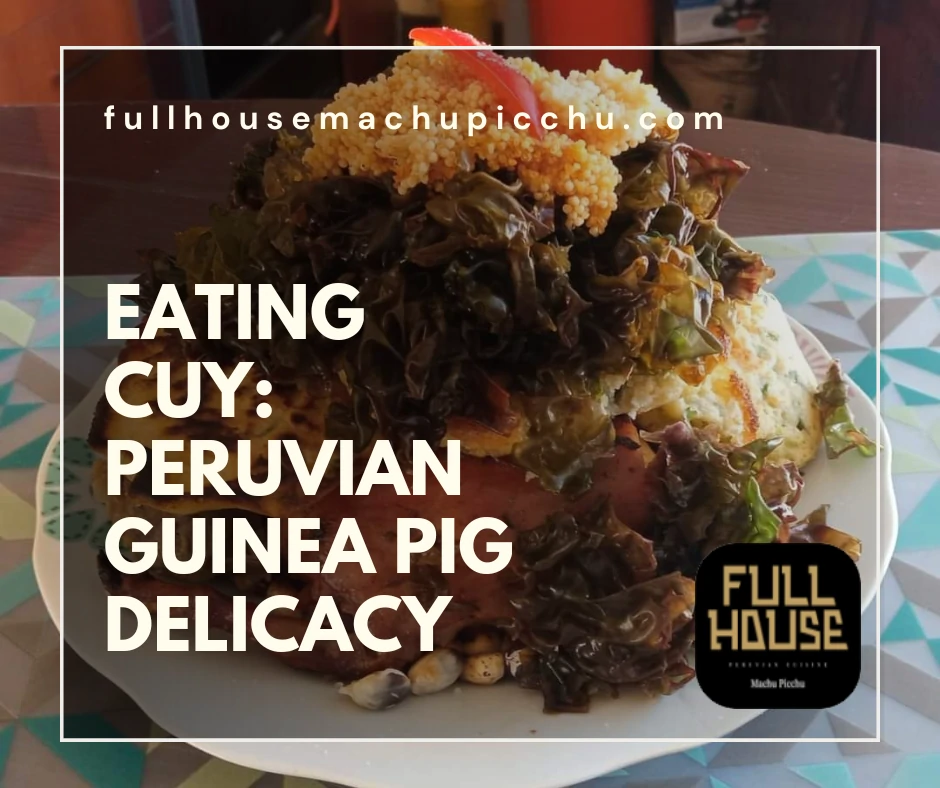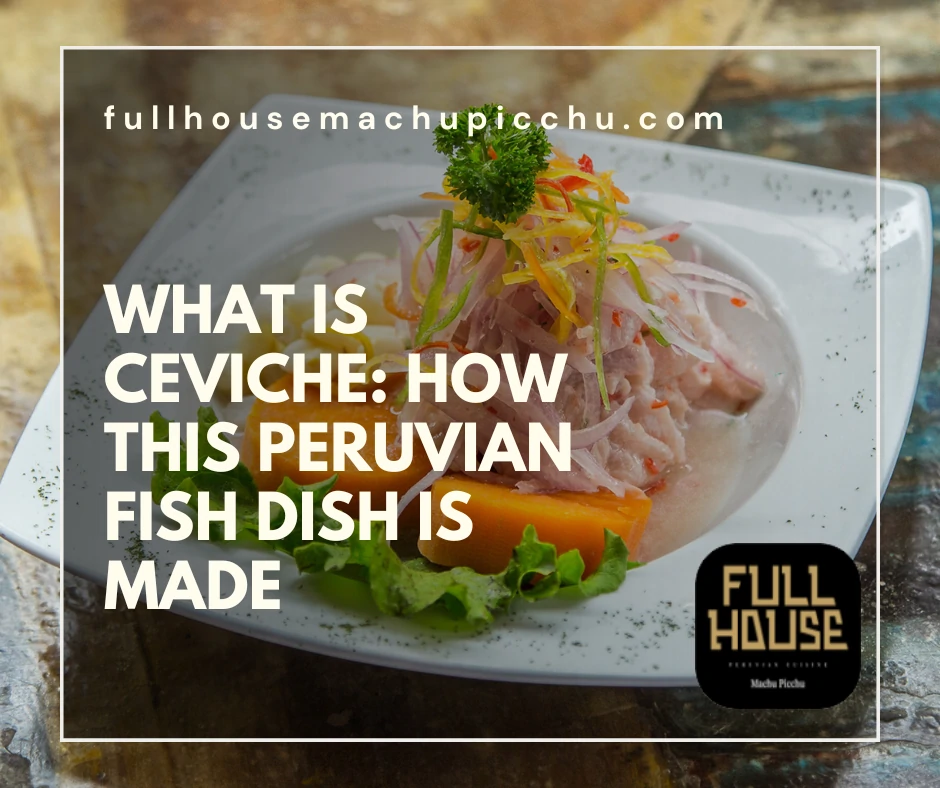Peru, a gastronomic gem, boasts a rich culinary tapestry. Nestled within its treasures are vibrant, refreshing salads. These dishes mirror the nation’s diverse landscapes and traditions.
From coastal ingredients to highland harvests, every region contributes uniquely. Peruvian salads effortlessly fuse indigenous flavors with modern creativity. Join us as we embark on this tantalizing journey.
A bounty of ingredients: An introduction to the diversity of Peruvian Salad creations
Peru’s varied geography offers a unique range of produce. Every region, from coast to highland, brings distinct flavors. These become the backbone of Peruvian Salads.
Lima, the capital, finds inspiration in its coastal roots. Fresh fish and seaweeds often accent their salads. Meanwhile, the Andes present earthy potatoes and quinoa. These grains and tubers are fundamental in many Peruvian Salads.
In the Amazon, tropical fruits steal the limelight. They provide sweet and tart notes to salad dishes. Ingredients like camu camu and cocona tantalize the palate. They transport diners straight to the rainforest with every bite.
Edible flowers, another delightful component, adorn plates. Not only do they add visual appeal, but also a nuanced flavor profile. Floral notes can elevate the simplest of salad concoctions.
Peruvian Vegetarian Cuisine finds its strength in diversity. Vegetables, grains, and herbs come together harmoniously. This celebration of flavors showcases the country’s agricultural richness. Every bite offers a story, a glimpse into Peru’s heart.
Furthermore, ancient Incan practices influence modern dishes. Fermentation, for instance, boosts both flavor and nutrition. Pickled radishes or corn might grace your plate, enhancing salad complexity.
Above all, what sets Peruvian Salads apart is authenticity. Traditional recipes get passed down through generations. Yet, innovation thrives, allowing new creations to emerge. This balance of old and new is truly captivating.
In conclusion, the beauty of Peruvian Salads lies in variety. Every ingredient, from edible flowers to hearty grains, plays a part. Together, they create an unforgettable gastronomic experience. Dive in and discover the magic of these flavorful creations.

From traditional to contemporary: Unveiling the varied flavors and techniques of Peruvian Salads
Peru’s culinary history is as rich as its landscapes. Traditional Peruvian Dishes weave tales of ancient cultures. They blend Incan roots with Spanish, African, and Asian influences.
Peruvian Salads stand as a testament to this heritage. They balance time-honored techniques with modern twists. Ancient Incas, for instance, used freeze-drying methods on potatoes. Today, these methods still influence salad preparations.
Freshness remains a hallmark of Peruvian Salads. Ingredients, picked at their peak, guarantee vibrant flavors. Ceviche, primarily a seafood dish, often finds its way into salads. Fresh fish, citrus, and onions meld into a refreshing dance.
Peruvian Salsas, vital in many recipes, enhance these salads. They range from the spicy “rocoto” to tangy “leche de tigre.” These salsas offer both depth and zest to the dishes.
Corn, in its many varieties, stars in numerous salads. The large-kernelled “choclo” provides a delightful bite. Paired with cheese or fresh herbs, it’s a crowd-pleaser. Quinoa, once the Incan’s gold, also dominates many Peruvian Salads. Its nutty taste and versatility make it a favorite.
The Amazon region injects exoticism into salads. Fruits like aguaje or burahem introduce unfamiliar, tantalizing flavors. They push the boundaries of what salads can be.
Contemporary chefs explore new avenues for Peruvian Salads. While they respect tradition, they also innovate. Fusion dishes emerge, combining global techniques with local ingredients. The result? Salads that surprise and delight in every spoonful.
Peruvian Salads encapsulate a culinary journey. From the heart of the Andes to bustling Lima streets, they invite exploration. Both the traditional and the contemporary coexist harmoniously. It’s a flavorful voyage worth savoring.
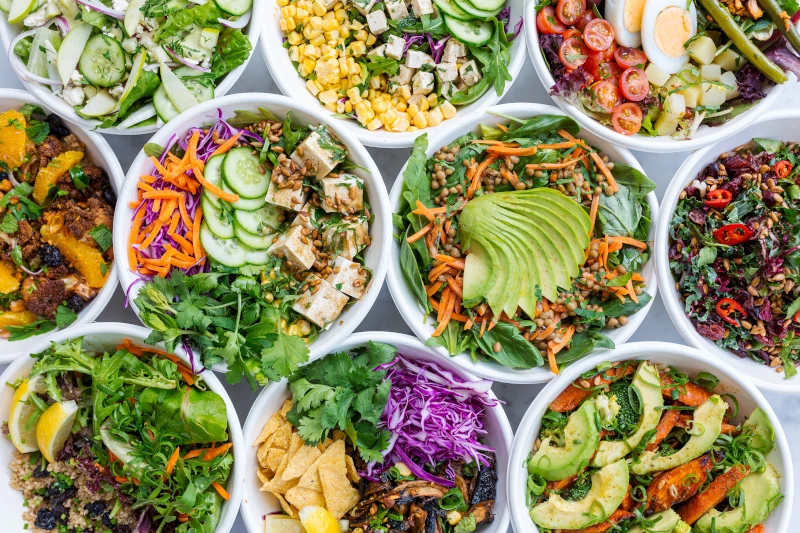
Nutrient-rich delights: How Peruvian Salads nourish the palate and celebrate freshness
The essence of Peruvian cuisine lies in its fresh ingredients. Natural, vibrant, and untamed, they paint a rich culinary picture. Each bite resonates with the country’s diverse terrains.
Peru’s varied topography gifts it an agricultural bounty. From Andean grains to Amazonian fruits, the selection astonishes. These ingredients, abundant in nutrients, find their way into salads.
Amaranto, another grain, brims with antioxidants and vitamins. It offers a delightful crunch to many dishes.
Peruvian salads often incorporate fresh, leafy greens. Spinach, kale, and chard thrive in the cool Andean climate. Rich in iron and vitamins, they form a healthful salad base.
Citrus fruits, essential in many recipes, add zest and nutrition. Lime juice, used widely, is a source of vitamin C. It not only brightens flavors but also fortifies the immune system.
Legumes, especially beans and lentils, enhance salad heartiness. They introduce protein and fiber, ensuring satiation and digestive health. Native tubers like yacon and maca introduce unique tastes. Moreover, they boast properties beneficial for energy and vitality.
Amazonian berries, often dubbed “superfruits,” elevate nutritional content. They teem with antioxidants, fighting free radicals and aging. Their inclusion transforms salads into potent health elixirs.
This melding of flavors and nutrients epitomizes Peruvian salads. They don’t just tantalize the palate; they also nourish the body. It’s a celebration of nature’s finest, a dance of freshness and vitality.
Intrigued by these nutrient-packed offerings? Allow your culinary curiosity to take the lead. Dive deeper into this world of freshness. We invite you to take a look all over Our Menu.
